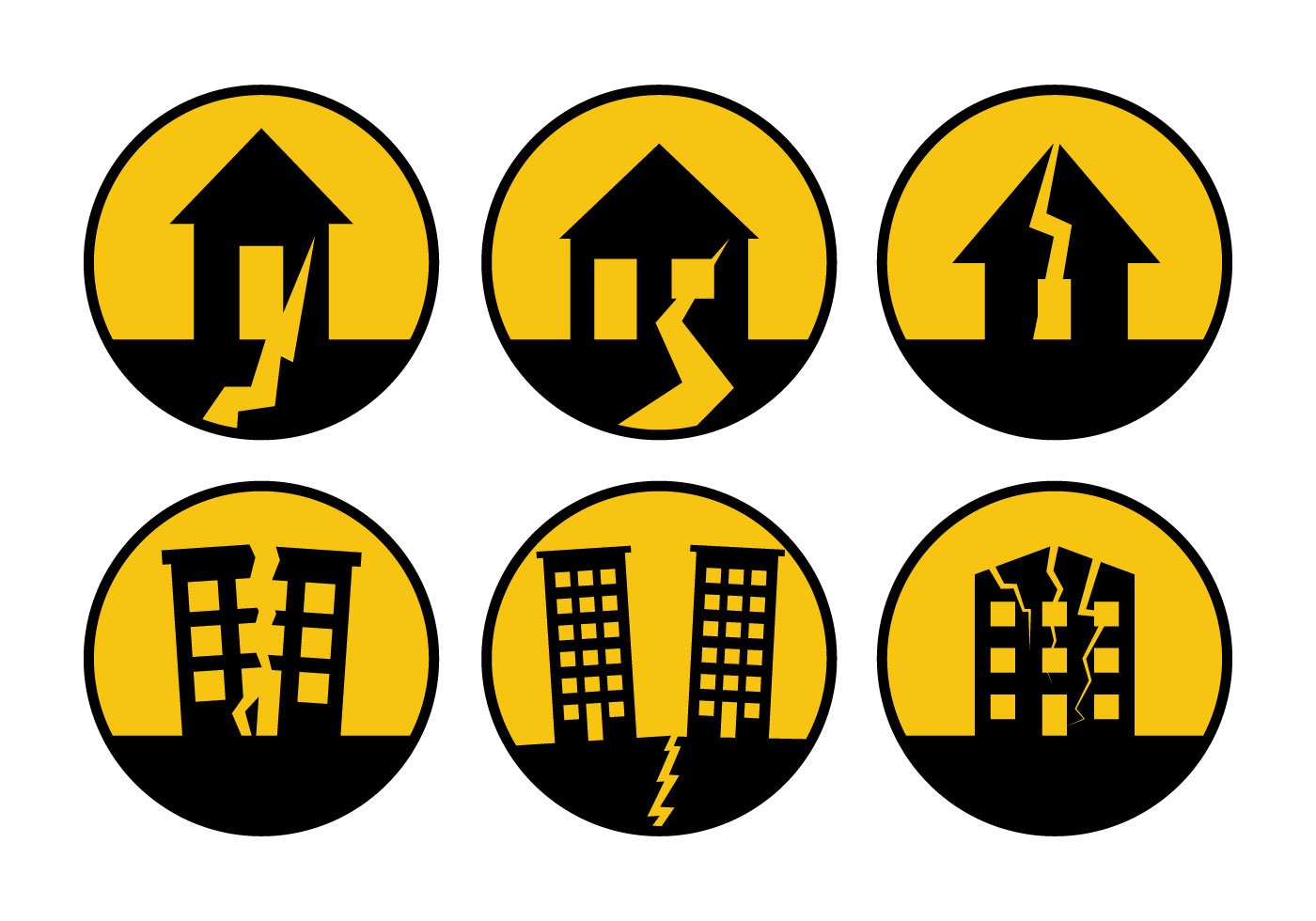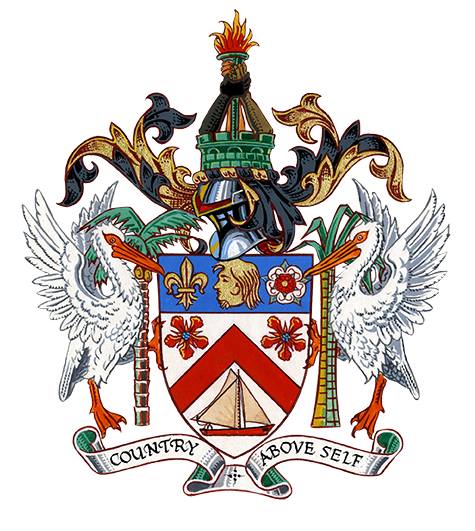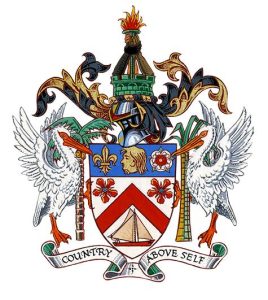Magnitude 5.2 Earthquake Impacts St. Kitts and Nevis and Other Eastern Caribbean Islands
The Geological Dynamics of Earthquakes: A Deep Dive into the Caribbean Seismic Event
On the afternoon of Good Friday, April 18th, the tranquil serenity of the Caribbean islands was abruptly disrupted by the shuddering force of a 5.2 magnitude earthquake. The epicenter of this seismic event was pinpointed approximately 81 kilometers northeast of Basseterre, the capital city of St. Kitts and Nevis, a dual-island nation renowned for its picturesque landscapes and vibrant culture. This geological disturbance sent tremors rippling throughout the region, impacting neighboring islands such as Antigua and Barbuda, and Montserrat, leaving residents startled and apprehensive.
The earthquake, as documented by the University of the West Indies Seismic Research Centre (UWI-SRC), struck at precisely 1:31 pm local time. Its origin was deep beneath the Earth’s surface, at a depth of 33 kilometers, a testament to the immense forces at play within our planet’s crust. The precise coordinates of the earthquake, 17.59°N latitude and 62.06°W longitude, place it within a seismically active zone known for its complex tectonic interactions. This region, where the Caribbean plate meets the North American plate, is characterized by a subduction zone, where one tectonic plate slides beneath another, creating tremendous pressure and strain that can ultimately be released in the form of earthquakes.
The 5.2 magnitude earthquake, while not catastrophic on the scale of larger seismic events, was significant enough to be felt across several islands. Reports from the UWI-SRC indicated that residents of Antigua, Montserrat, and Dominica all experienced the tremors, a stark reminder of the interconnectedness of these island nations in the face of natural phenomena. This event follows a previous earthquake, measuring 4.6 on the Richter scale, which occurred near Basseterre on March 29th, suggesting an ongoing period of heightened seismic activity in the area.
The Caribbean region sits within a complex network of tectonic plates, each constantly shifting and interacting with one another. The North American plate, the Caribbean plate, and the South American plate all converge in this area, creating a volatile geological landscape. The Caribbean plate, being relatively small and bounded by larger plates, is subjected to significant pressure from these surrounding tectonic giants. This pressure often manifests as earthquakes, volcanic eruptions, and the formation of mountain ranges.
The subduction zone, where the North American plate dives beneath the Caribbean plate, is a focal point for seismic activity. This process generates immense friction and pressure, causing rocks to deform and eventually fracture, releasing the pent-up energy in the form of seismic waves that propagate through the Earth’s crust, resulting in the shaking and trembling we perceive as earthquakes. The depth of the earthquake on April 18th, 33 kilometers, indicates that the rupture occurred within the subducting North American plate, rather than at the shallower interface between the two plates.
The magnitude of an earthquake is a measure of the energy released during the seismic event. The Richter scale, a logarithmic scale, is commonly used to quantify earthquake magnitude. A 5.2 magnitude earthquake, such as the one experienced on Good Friday, releases a substantial amount of energy, capable of causing noticeable shaking and potential damage to structures, particularly those not built to withstand seismic activity. While not as destructive as larger magnitude earthquakes, a 5.2 event can still trigger landslides, particularly in mountainous regions, and disrupt infrastructure.
The frequency and intensity of earthquakes in the Caribbean underscore the importance of preparedness and mitigation efforts. Building codes that incorporate seismic-resistant designs are crucial for ensuring the safety and resilience of structures in earthquake-prone areas. Public awareness campaigns that educate residents about earthquake safety procedures, such as "drop, cover, and hold on," can also significantly reduce the risk of injuries during an earthquake. Early warning systems, which can provide valuable seconds of advance notice before the arrival of seismic waves, are also being implemented in some regions to improve emergency response and minimize casualties.
The April 18th earthquake serves as a timely reminder of the dynamic geological forces at play in the Caribbean and the ongoing need for vigilance and preparedness in the face of natural hazards. The UWI-SRC continues to monitor seismic activity in the region, providing crucial data and information to help understand and mitigate the risks associated with earthquakes. As our understanding of plate tectonics and earthquake dynamics improves, we can better prepare for these inevitable events, minimizing their impact and building more resilient communities in the face of natural disasters.
Share this content:












Post Comment